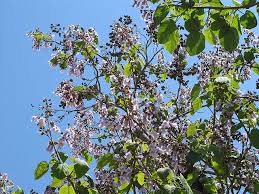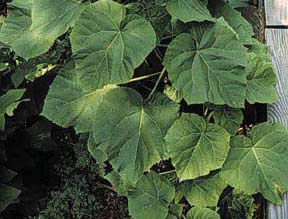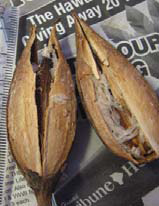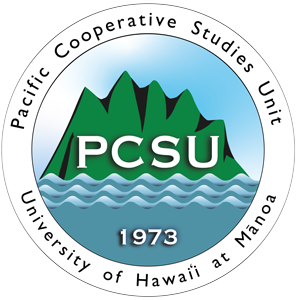Princess tree (Paulownia tomentosa)
Eradicated!
Family: Scrophulariaceae HPWRA Score 9: High-Risk
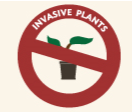
Native to temperate regions of China, the princess tree thrives in the cooler areas of Hawaii. The princess tree spread from intentional plantings in the Waimea area of Hawai’i Island. As a pioneer species, Paulownia tomentosa is capable of invading sites disturbed by fire, landslides, or from insect defoliation such as the gypsy moth. Due to its prolific seed production and vegetative growth, the princess tree can be difficult to remove from a garden or landscape setting. Banned in Connecticut and listed as an “exotic plant pest†in Tennessee, the princess tree is considered a weed of many places in the US mainland.
Description:
- Upright clusters of fragrant, pale violet, trumpet-shaped flowers
- 30 to 60 feet in height, the canopy can be 30 feet in width
- Green colored leaves are very large
- Oval to heart-shaped leaves with hair on the underside (the epithet tomentosa means “covered in hairs†in Latin)
- Fruits capsule contains 1,000’s of wind-dispersed seeds
- Winter deciduous
- Fruit is an egg-shaped capsule with four compartments containing several thousand seeds
Harm:
- Prolific seeder, A single tree can produce twenty million seeds
- Wind and water-dispersed seeds are adapted to long-distance dispersal
- Brittle wood easily breaks damaging vegetation below and/or creating maintenance problems along roads or rights of way
- Invades disturbed and open areas
- Tolerates a wide range of soil conditions
- Fast growth to reproductive maturity
- Seeds remain viable for more than a year
- Reproduces vegetatively, one tree can produce 15 root suckers in a season
In Hawaii:
- Hawaii Island – The only known population in the Waimea area of Hawaii Island was eradicated.
